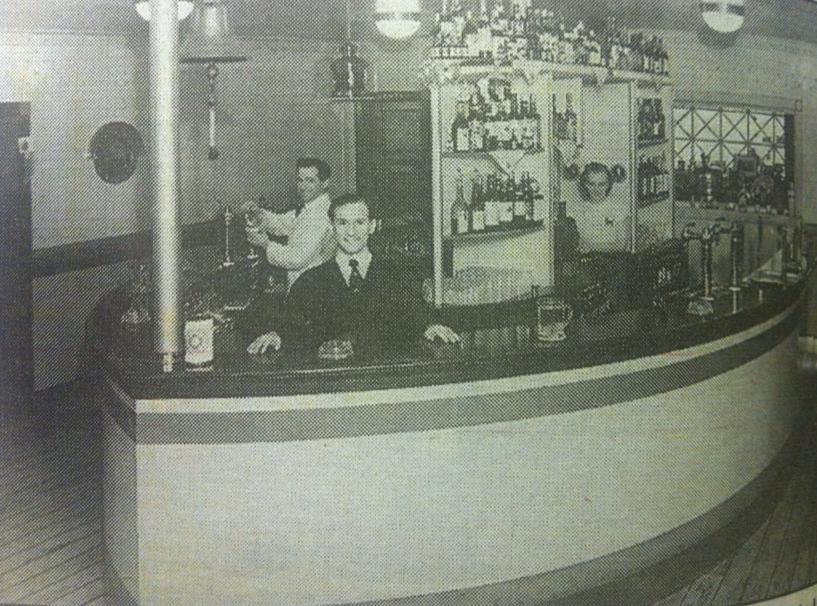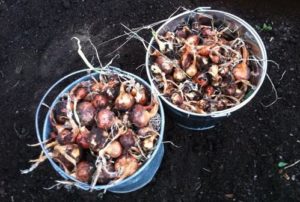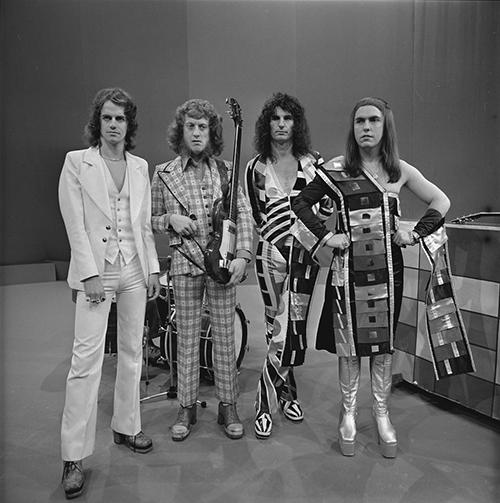After a long afternoon’s nap fading in and out as the Red Sox held off Baltimore, I had a couple of very good tweet chats with the constantly interesting Win Bassett, triggered by these thoughts, which helpfully framed a few issues I have been pushing around my brain for years. The newest idea is that beer writing is either personal or technical. Being a pleasure trade, participating in the discourse can’t be considered to engage at the level of journalism or criticism as it might in other areas. The relationships with people involved are too personally engaging. The subject matter too enthralling – literally intoxicating. Is there space or even opportunity for actual objectivity? I don’t think so and I don’t care – as long as the money flows are declared in all directions, that is. I like to think of it as 1940s sports reporters who drink with the players after the game while the players marry the sister of the guy at the office or move into the house down the street. Or even the poet.
We ultimately consume alone. But comparing experience is part of what makes thinking and discussing these pleasurable things even more pleasurable. We are all amateurs.
Somewhat related posts: Now I Know I Need To Move Into Innovative White Space, July 2011; When Should A Beer Blog Pay For Itself And The Beer?, November 2008; So Who Really Should Be Writing About Beer?, August 2009; A Glimpse Into What The Beer Blogger Is Likely Not, July 2009; Investigative Reporting On Beer Price Gouging, March 2008.




 I took down the little logo for the Cracked Kettle beer store in Amsterdam today. I removed it after getting an email advising that the shop closed a few months back and that owner Jeff Cunningham had died in June after a few months of terminal illness. Sad news. I never met Jeff but had worked with him now and again since the late fall of 2006. His shop paid for the ads in beer shipped to me and other writers then populating the blog as proof of how fine the service was. Knut, micro-famously, had to sit around waiting for a
I took down the little logo for the Cracked Kettle beer store in Amsterdam today. I removed it after getting an email advising that the shop closed a few months back and that owner Jeff Cunningham had died in June after a few months of terminal illness. Sad news. I never met Jeff but had worked with him now and again since the late fall of 2006. His shop paid for the ads in beer shipped to me and other writers then populating the blog as proof of how fine the service was. Knut, micro-famously, had to sit around waiting for a 





